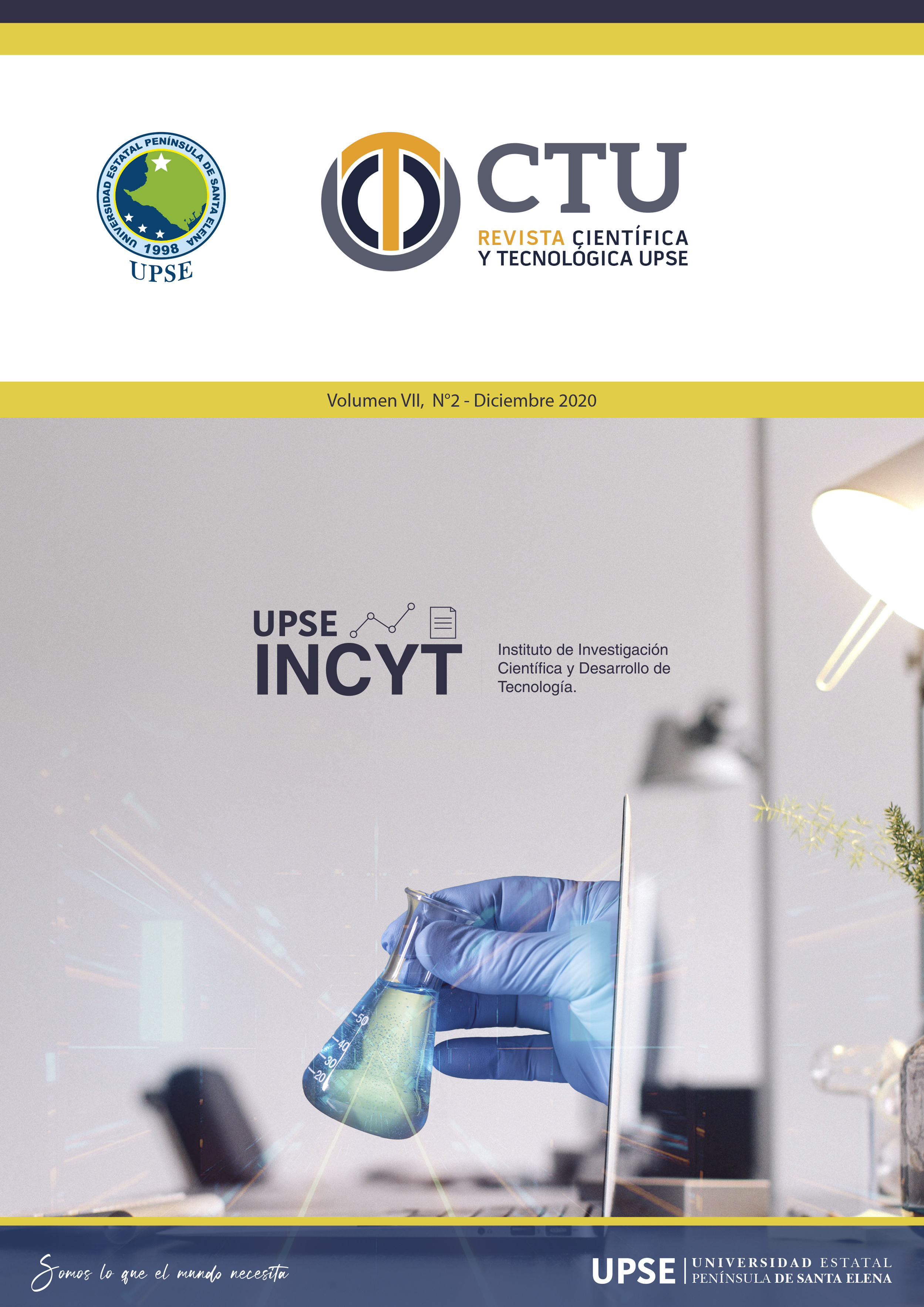Simulation of Transient Flow in Gas Pipelines Using the Finite Volume Method
DOI:
https://doi.org/10.26423/rctu.v7i2.534Keywords:
gas pipelines, transient flow, compressible flow, isothermal flow, finite volume methodAbstract
The transient flow analysis is fundamental to the simulation of natural gas process, in order to adjust the system to real operative conditions and to obtain the highest level of efficiency, compliance and reliability. The simulation of natural gas pipelines and networks requires mathematical models that describe flow properties. Some models that have been developed year after year based on the laws of fluid mechanics that govern this process, interpreted as a system of equations difficult to solve. This investigation describes the fully implicit finite volume method for natural gas pipeline flow calculation under isothermal conditions and transient regime. The simplification, discretization scheme and implementation equations are approached throughout this paper. The model was subjected to two evaluations: sinusoidal variation of the mass flow and opening-closing valve at the outlet of the pipeline, it is compared with two models: fully implicit finite difference method and method of characteristics. This method proved to be efficient in the simulations of slow and fast transients, coinciding the flow oscillations with the natural frequency of natural gas pipeline.
Downloads
References
Abbaspour, M., & Chapman, K. S. (2008). Nonisothermaltransient flow in natural gas pipeline. Journal of Applied Mechanics,75(3).
Dranchuck, P. M., Purvis, R. A., & Robinson, D. B. (1973). Computer Calculations of Natural Gas Compressibility Factors Using the Standing and Katz Correlation. InAnnual Technical Meeting. Petroleum Society of Canada, 1-13.
Guy, J. J. (1967). Computation of Unsteady Gas Flow in Pipe Networks. Industrial Chemical Engineering Symposium, series 23, 139-145.
Heath, M. J. & Blunt, J. C. (1969). Dynamic Simulation Applied to the Design and Control of a Pipeline Network. Institute Gas Engineering Journal, 261-279.
Issa, R. I. (1986). Solution of the implicitly discretised fluid flow equations by operator-splitting. Journal of Computational Physics,62(1), 40-65.
Issa, R. I., & Spalding, D. B. (1972). Unsteady one-dimensional compressible frictional flow with heat transfer.Journal of Mechanical Engineering Science,14(6), 365-369
Kiuchi, T. (1994). An implicit method for transient gas flows in pipe networks.International Journal of Heat and Fluid Flow,15(5), 378-383.
Mohitpour, M., Golshan, H., & Murray, A. (2003). Pipeline Design and Construction: A Practical Approach. The American Society of Mechanical Engineers.New York.
Patankar, S. V. (1980). Numerical Heat Transfer and Fluid Flow. (Minkowycz, W. J., & Sparrow, E. M., Edits.). Hemisphere Publishing Corporation, Washington, DC.
Thorley, A. R. D., & Tiley, C. H. (1987). Unsteady and transient flow of compressible fluids in pipelines -a review of theoretical and some experimental studies.International Journal of Heat and Fluid Flow,8(1), 3-15
Van Deen, J. K., & Reintsema, S. R. (1983). Modelling of high-pressure gas transmission lines.Applied Mathematical Modelling,7(4), 268-273.
Versteeg, H. K., & Malalasekera, W. (2007). An Introduction to Computational Fluid Dynamics: The Finite Volume Method, 2nd ed. Londres: Pearson EducationLimited.
Vieira, R., & Torres-Monzón, C. (2013). Comparación de modelos para flujo isotérmico transitorio de gas en tuberías.Ciencia e Ingeniería,34(3), 165-171.
Wylie, E. B., & Streeter, V. L. (1978). Fluid Transients. McGraw-Hill Inc.
Yow, W. (1971). Analysis and Control of Transient Flow in Natural Gas Piping Systems.Ph.D. dissertation, Civil Engineering Dept. University of Michigan
Downloads
Published
Issue
Section
License
El titular de los derechos de autor de la obra, otorga derechos de uso a los lectores mediante la licencia Creative Commons Atribución-NoComercial-CompartirIgual 4.0 Internacional. Esto permite el acceso gratuito inmediato a la obra y permite a cualquier usuario leer, descargar, copiar, distribuir, imprimir, buscar o vincular a los textos completos de los artículos, rastrearlos para su indexación, pasarlos como datos al software o usarlos para cualquier otro propósito legal.
Cuando la obra es aprobada y aceptada para su publicación, los autores conservan los derechos de autor sin restricciones, cediendo únicamente los derechos de reproducción, distribución para su explotación en formato de papel, así como en cualquier otro soporte magnético, óptico y digital.












